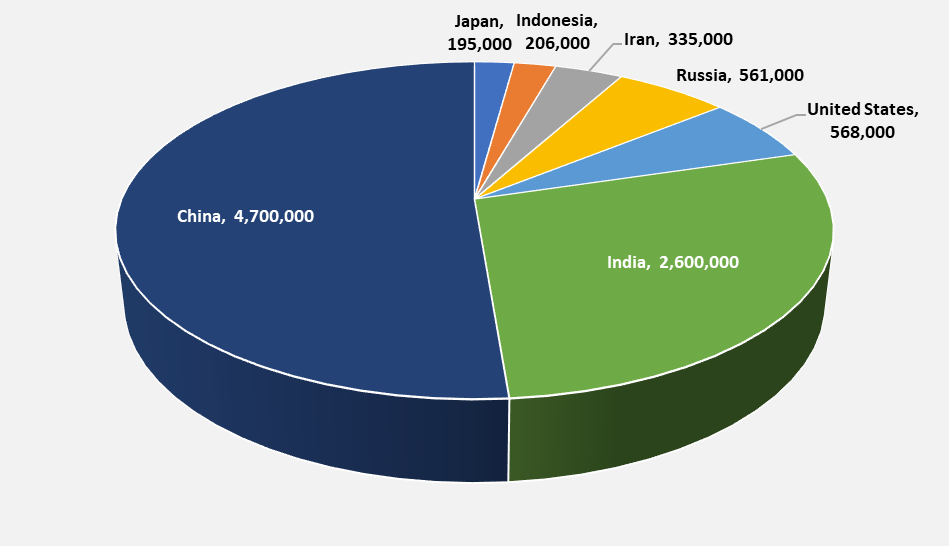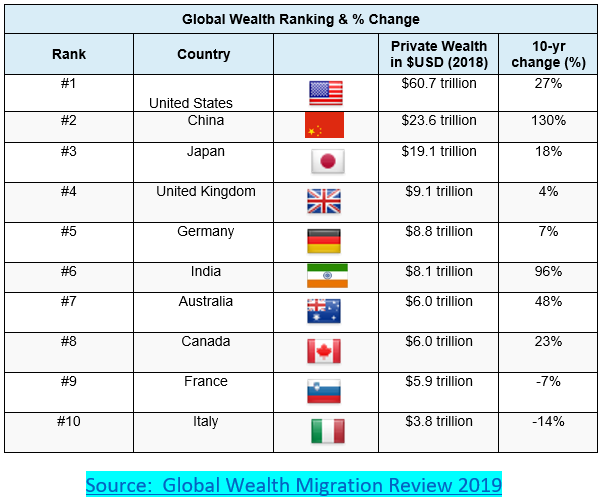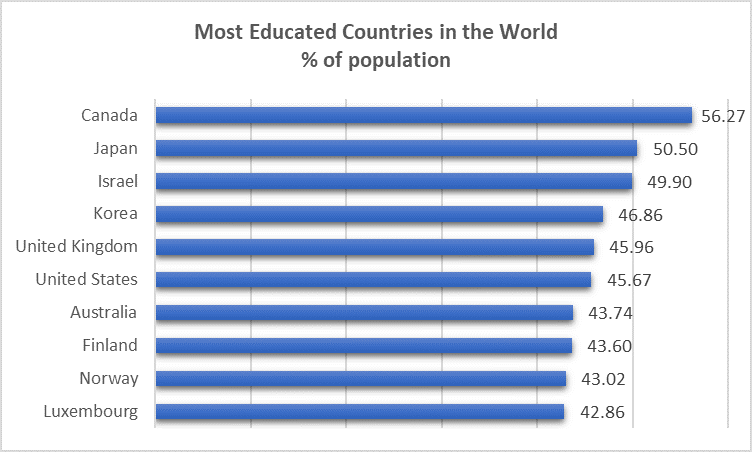
Education, especially STEM Education as the Source of Competitive Advantage
Education, especially STEM Education as the Source of Competitive Advantage
Education, covering both teaching and Learning, has been an integral part of human nature. They form major source of competitive advantage. From the cradle to the grave we learn, and we teach. The quality of our learning often determines the level of impact or contribution to history. Great leaders know this very well and ensures their countries aggressively provide the best education for the citizens as a major source of competitive advantage. North America for instance, clearly understood the role education played in their wealth and global leadership. This explains why their leaders became restless recently when they began to slide down in the number of STEM (Science, Technology, Engineering, Mathematics) graduates compared to emerging trends in China and India. They have been taking major steps to stem the tide.
The average 4.7m and 2.6m STEM graduates from China and India respectively as shown in the chart below, according to World Economic Forum, has been the major source of the growth in their respective economies.

|
The huge advantage China and India have in the number of STEM graduates they turn out each year correlates very well with the greatest change in their wealth over the 10-year period compared to other top ten richest countries in the world shown in the global wealth ranking and percentage over ten year period as shown in the table below:

This sharp correlation between education and wealth of nations informs the race to improve the quality of learning among the leading economies in the world. As shown in the table below sourced from OECD data where top economies make great efforts to train their citizens to be part of the global wealth system to retain their competitiveness:

Education is not a recent phenomenon. It was also very strong in ancient days also. Educational system changed in the Vedic, Brahmanical, Muslim, British periods. Vedic periods adopted the boarding system where students were handed over to the teachers. Physical education was compulsory at that period. British era introduced most of the system we have today covering changes in syllabus, school as on-going system, giving equal importance to teachers and students and erection of several schools and adoption various learning options.
The long-established importance of education in the global competitiveness of nations makes it imperative for the emergence of complementary educational infrastructure that will support the over stretched current educational system. For instance, according to Statistics Canada, Canada population grew by 528,421 or 1.4% in 2018. This growth trend is also witnessed in several other countries especially in sub Saharan Africa. Besides these growth in population, the volume of new innovations and books emerging in this century is overwhelming the current education infrastructure to support the demand and need for education, especially the STEM education.
The growing interest towards online education to meet the huge gap in the global demand for education is beginning to shape the emergence of the new education system and new venture opportunities. The next 10 years would witness massive changes in the effort to build new infrastructure, especially the online infrastructure to meet these gaps. The Research and Markets review already predicted the global e-learning market to reach $325billion by 2025 from $107billion Forbes 2015 report. The market is presently at about $190billion according to Global Market Insights. The Corona virus episode (COVID-19) with the remote learning options widely explored by many within this period will further hasten this change towards e-learn to support the overstretched education infrastructure.
